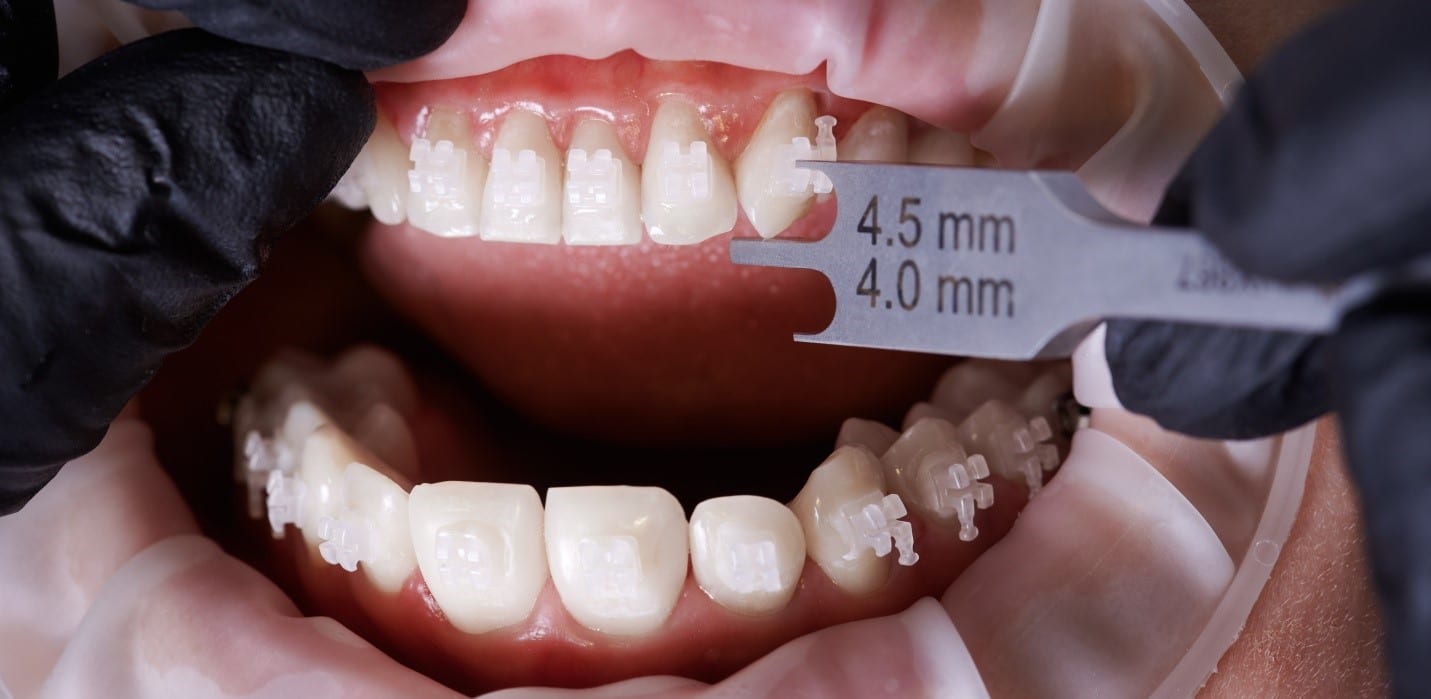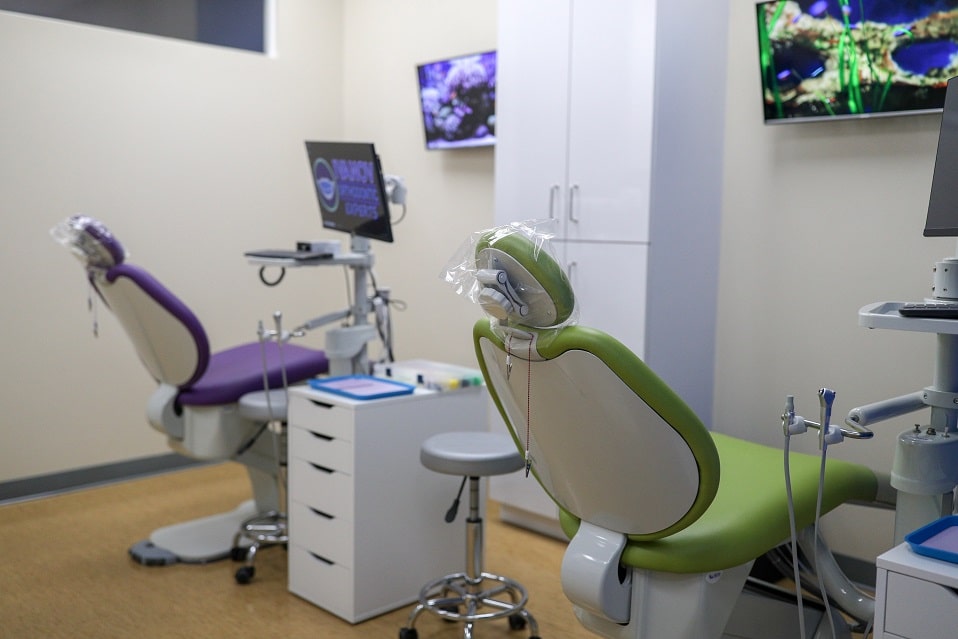Welcome to
On Feet Nation
Members
-
-
geekstation Online
-
-
-
goditac499 Online
-
Blog Posts
Togel88 Winning Number Trends
Posted by geekstation on February 23, 2025 at 1:37am 0 Comments 0 Likes
The reason Select Togel88?
Huge A number of Sweepstakes… Continue
KWG Game: Everything You Need to Know About the Exciting New Game
Posted by jack on February 23, 2025 at 1:26am 0 Comments 0 Likes
What is KWG Game?
KWG Game is really a brand-new entry in to the gaming world, offering players a mix of intense action, strategy, and adventure. Whether you're a seasoned gamer or perhaps starting, the overall game promises to… Continue
Best Tools and Equipment Used by Gohmann Asphalt
Posted by geekstation on February 23, 2025 at 1:20am 0 Comments 0 Likes
Asphalt Making
From driveways to vehicle a lot, GoHmann Asphalt provides tough and also successfully captivating improving solutions.
Asphalt Restore along with… Continue
Why Gohmann Asphalt Is an Industry Leader
Posted by geekstation on February 23, 2025 at 1:14am 0 Comments 0 Likes
Asphalt Making
By driveways in order to vehicle tons, GoHmann Asphalt provides durable as well as confidently pleasing making solutions.
Asphalt Fix as well as Maintenance
Regular preservation… Continue
Top Content
How To Maintain Space In The Dental Arch?
Despite being two of the most popular orthodontic appliances, braces, and Invisalign are by no means the only ones used to treat patients. According to an orthodontist in Hialeah, numerous orthodontic goals are achieved using diverse techniques, from widening the jaw to retaining space in the mouth. In medicine, the crescent-shaped region where teeth are located within the jaw is referred to as the "dental arch"—the curved row of teeth in each jaw. An upper and a lower dental arch exists in every individual.

Lower lingual holding arch
A lower lingual holding arch is a permanent appliance that preserves room in the lower dental arch. The lower molars are prevented from moving forward, which can hinder the emergence of permanent teeth by this "space maintainer" device. It is frequently used when a child's bottom teeth are crowded or when baby teeth fall out too early. According to pediatric dentist miami, the device is used primarily with younger kids because not all of the patient's adult teeth have erupted.
Usually, the lower lingual holding arch remains in place until adult teeth erupt. Additionally, sure elastics that orthodontic specialists of Florida may use in conjunction with other appliances to treat an "overbite" can "anchor" to the lower lingual holding arch, acting as a treatment for the condition. The following are potential uses for the lingual holding arch:
- Supporting and stabilizing teeth.
- Reclaiming the extra room created by the shedding of baby teeth
Nance arch
Similar to how the lower lingual holding arch holds the lower jaw in place, Orthodontist near me uses a nance arch to stop molars from moving forward and preserves space in the mouth. Significant change Orthodontic cement is used to attach two stainless steel rings to the upper front molars. Connecting the bands is a stainless steel wire that runs over the roof of the mouth.
An acrylic plate covers the wire that extends to the roof of the mouth (palate). Just behind the top teeth is a button roughly the size of a quarter. Like the lower lingual holding arch, the Nance appliance rests passively. Thus, its presence does not cause pressure or soreness. Most patients say it "just feels like a part of my mouth" after a few days of getting used to it.

What should you expect during the initial days?
Here are some things you should expect immediately after placing the device.
- Speech may initially seem strange. The tongue now has a new instrument in the mouth, which is why this happens. To help the language acclimatize, patients should speak as loud as they can in the first several days.
- Saliva production could increase for a few days following implantation. However, It will pass quickly.
- Soft tissue may itch throughout the adjustment phase. If this happens, patients can rinse with warm salt water. Oral rinses without spirits are also an alternative if a child doesn't like the taste of salt water.
Conclusion
The above-provided facts and information tell us some exciting details regarding space maintainers for the dental arch. For more informative updates, please visit ivanovortho.com.
Article source : https://www.apostolicfashions.com/how-to-maintain-space-in-the-dent...
© 2025 Created by PH the vintage.
Powered by
![]()
You need to be a member of On Feet Nation to add comments!
Join On Feet Nation